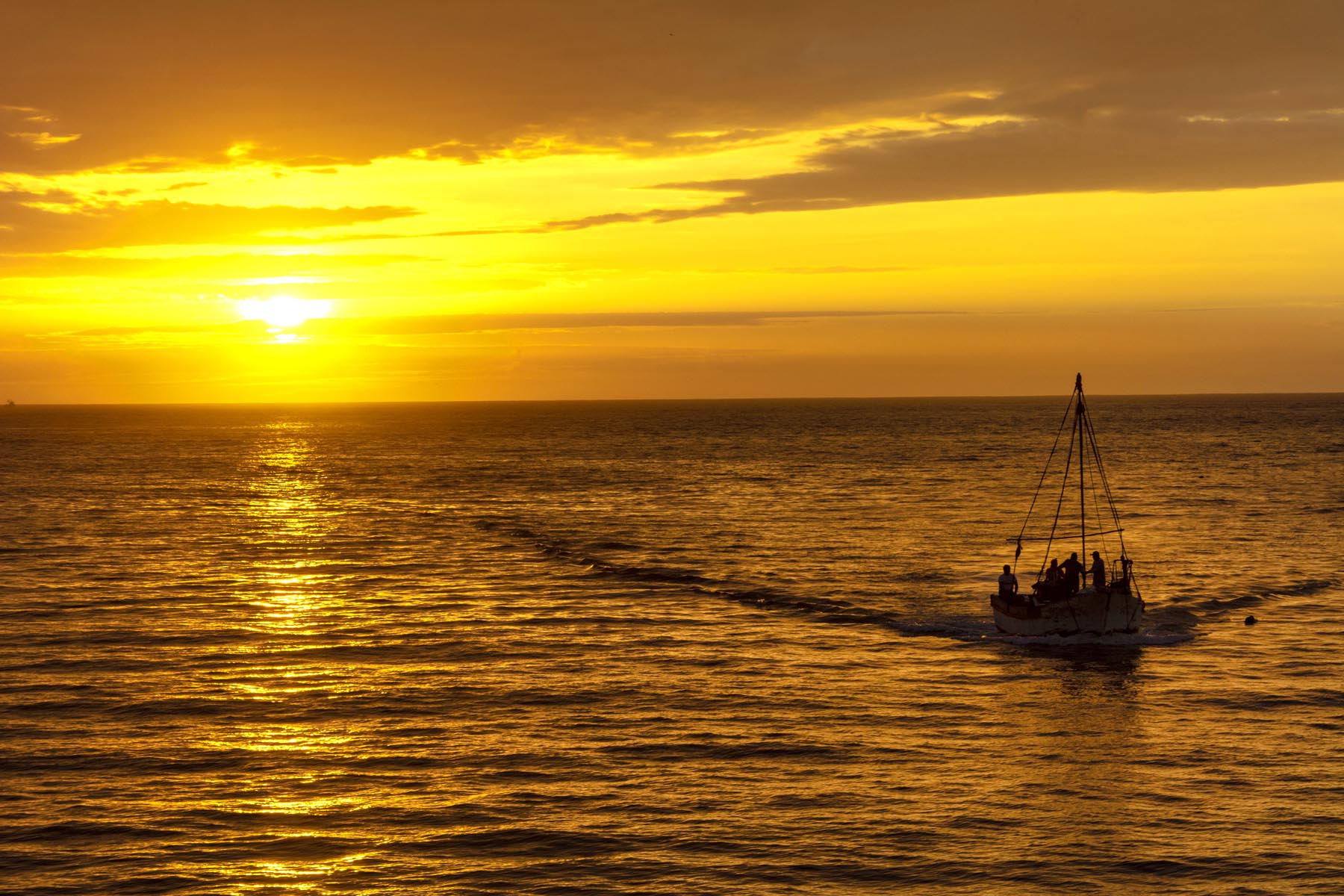
Credit: EDF/H.Plenge
By Cayetana Aljovín and Erica Cunningham
Evidence abounds showing that our world — and especially our seas — are changing. This is particularly notable in the Humboldt Current Large Marine Ecosystem, where we have seen changes in the distribution of fish stocks, temperature anomalies, wave surges, harmful algal blooms and much more. Yet, the Humboldt Current continues to be a source of fisheries productivity, livelihoods, economic development and food security for the two most important fishing nations in South America: Peru and Chile. The Humboldt Current unites these two countries, which is especially important as climate change impacts require a united front to combat them and a new way to manage fisheries.










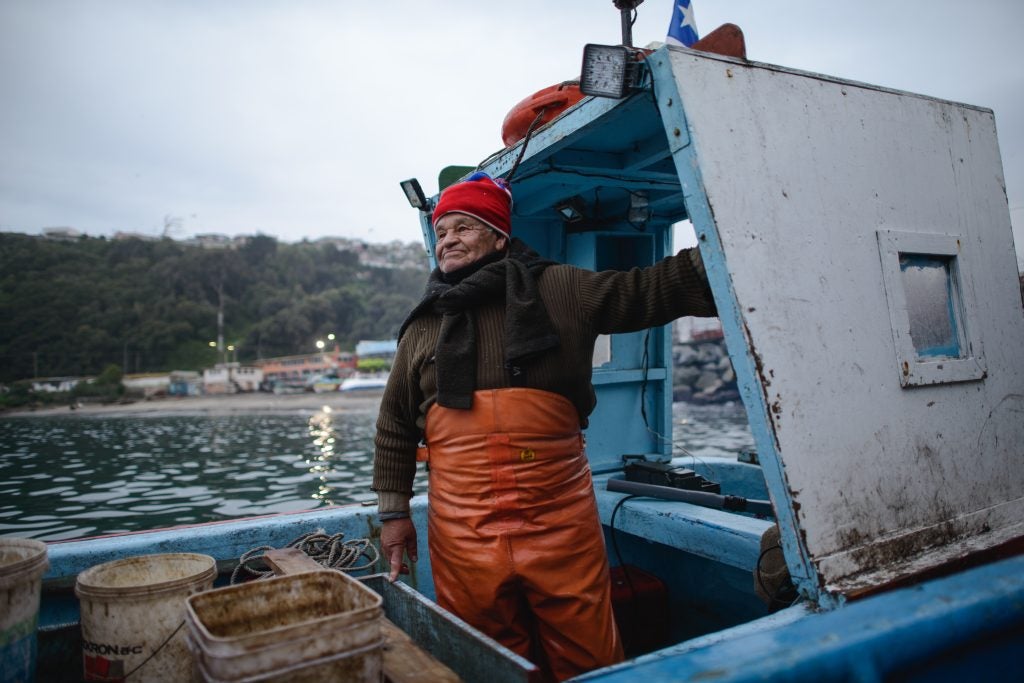
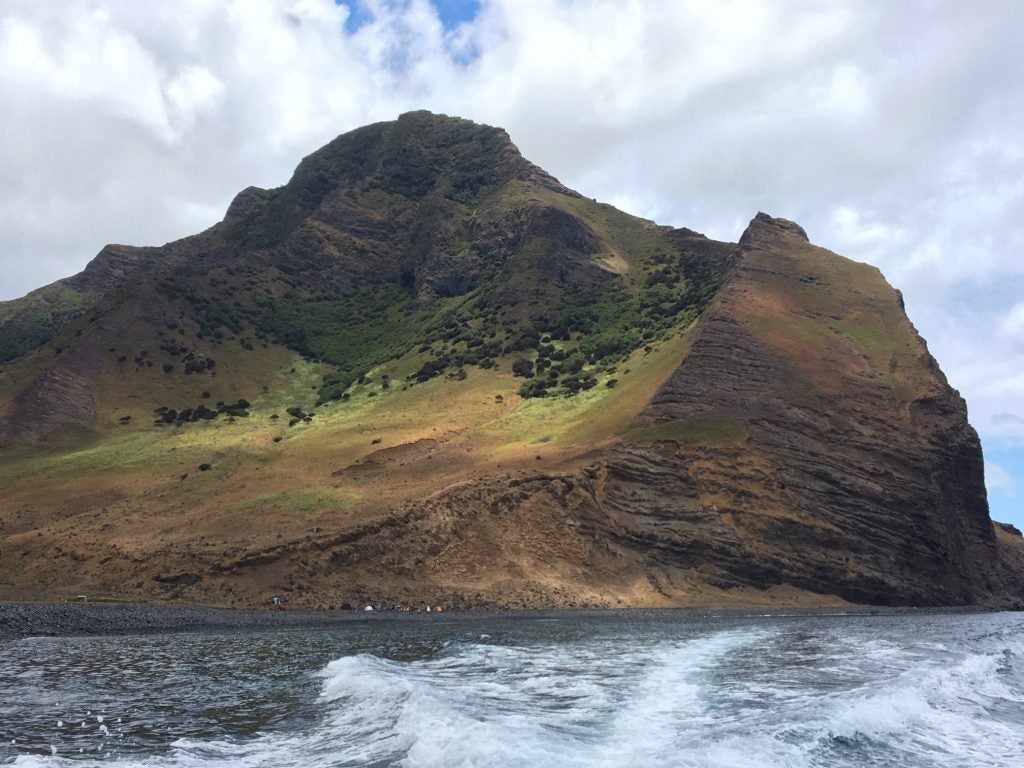 After an hour of flying in a small plane across the Pacific Ocean with no land in sight, we began to wonder how much farther it would be before we would see land again. About two hours into the flight, the peaks of one of the three volcanic islands rose above the local cloud cover, indicating that we were arriving at the Juan Fernández Islands off the coast of Chile. As we got closer, we saw the first and largest of the islands: Robinson Crusoe Island.
After an hour of flying in a small plane across the Pacific Ocean with no land in sight, we began to wonder how much farther it would be before we would see land again. About two hours into the flight, the peaks of one of the three volcanic islands rose above the local cloud cover, indicating that we were arriving at the Juan Fernández Islands off the coast of Chile. As we got closer, we saw the first and largest of the islands: Robinson Crusoe Island. 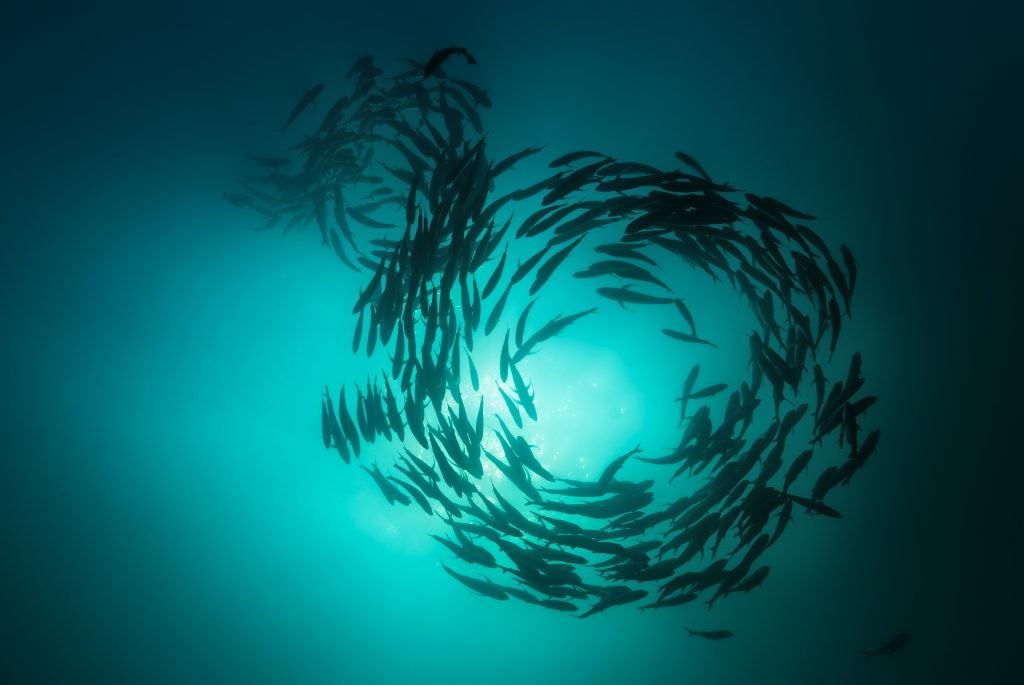 The main focus of the United Nations COP25 in Madrid was squarely on whether and how the nations of the world could agree on the measures necessary to reduce climate change emissions in a comprehensive and forceful fashion. In that regard, COP25 did not live up to expectations nor planetary needs if we are to avert the worst impacts of climate change.
The main focus of the United Nations COP25 in Madrid was squarely on whether and how the nations of the world could agree on the measures necessary to reduce climate change emissions in a comprehensive and forceful fashion. In that regard, COP25 did not live up to expectations nor planetary needs if we are to avert the worst impacts of climate change.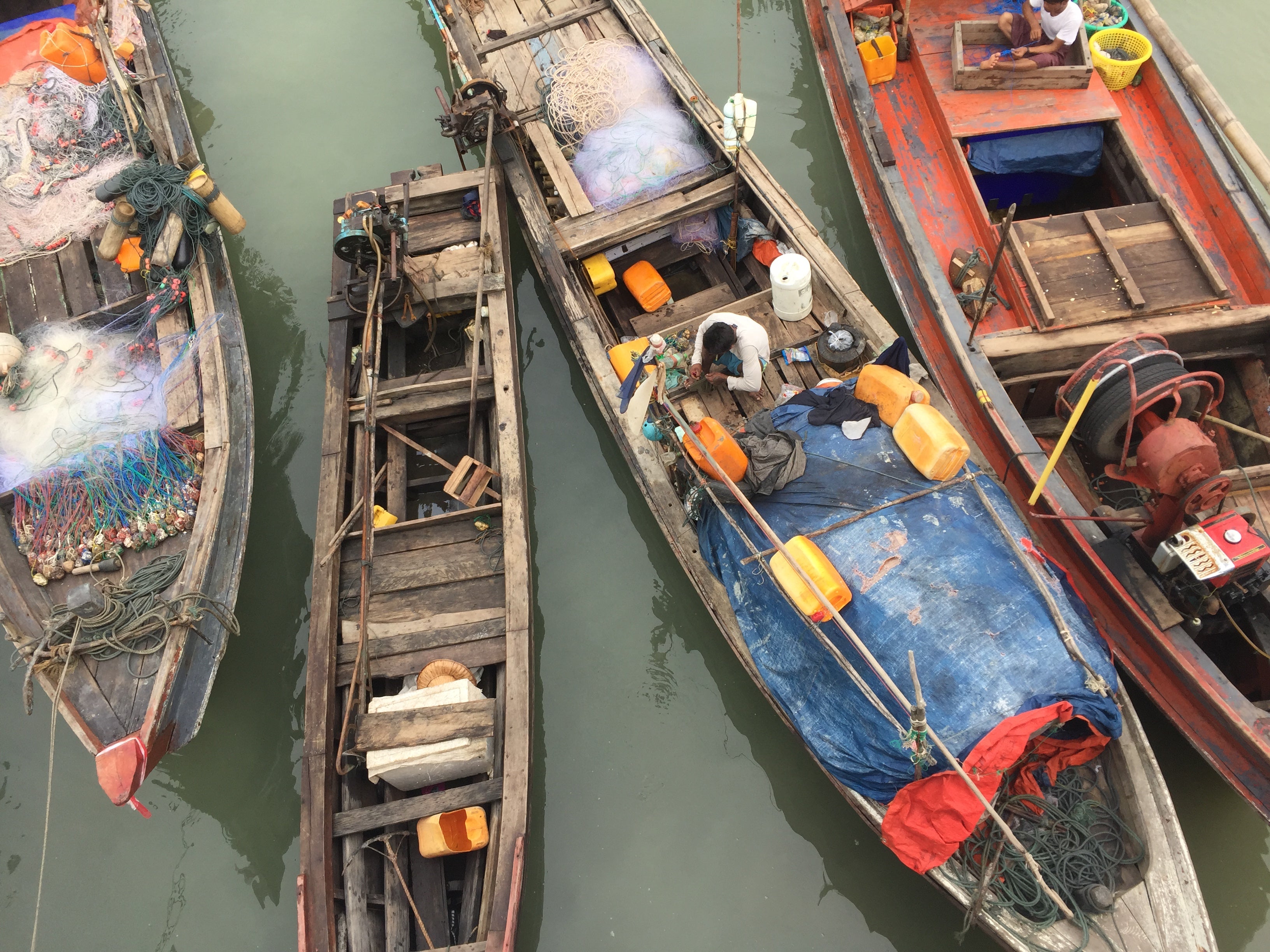 Editor’s note: This is the last in a multi-part blog series, Fisheries for the Future, examining the impacts from climate change on global fisheries and the opportunities to address these emerging challenges. Throughout the series, we have investigated how climate change will impact the world’s supply and distribution of fish and what we can do to ensure the most sustainable future for ourselves and our planet. Learn more about this work:
Editor’s note: This is the last in a multi-part blog series, Fisheries for the Future, examining the impacts from climate change on global fisheries and the opportunities to address these emerging challenges. Throughout the series, we have investigated how climate change will impact the world’s supply and distribution of fish and what we can do to ensure the most sustainable future for ourselves and our planet. Learn more about this work: 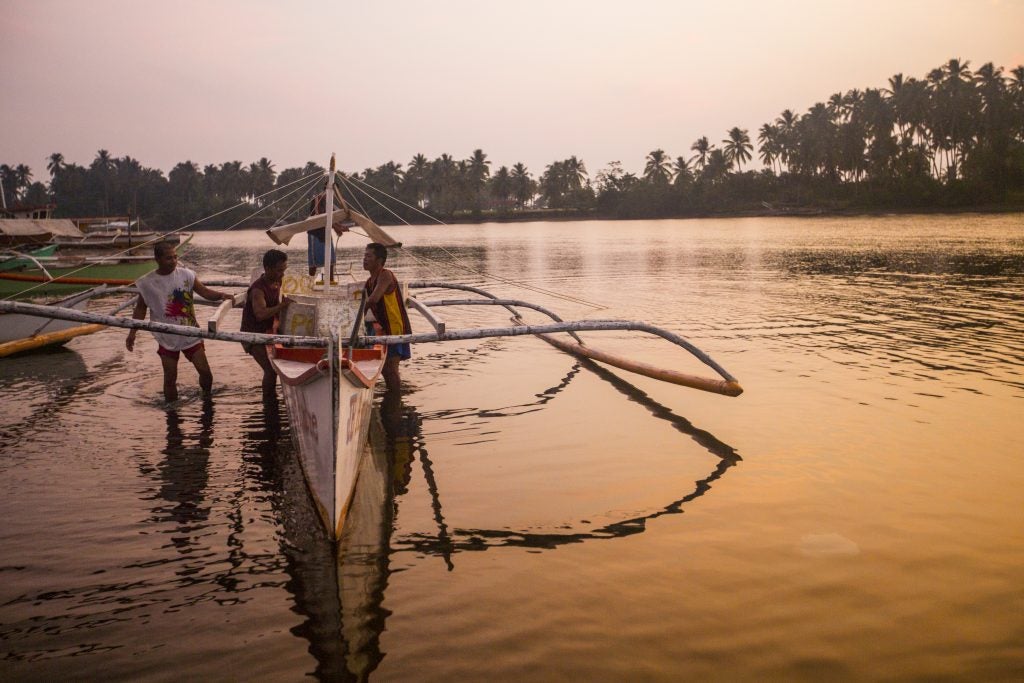 By Willow Battista and Alexis Rife
By Willow Battista and Alexis Rife